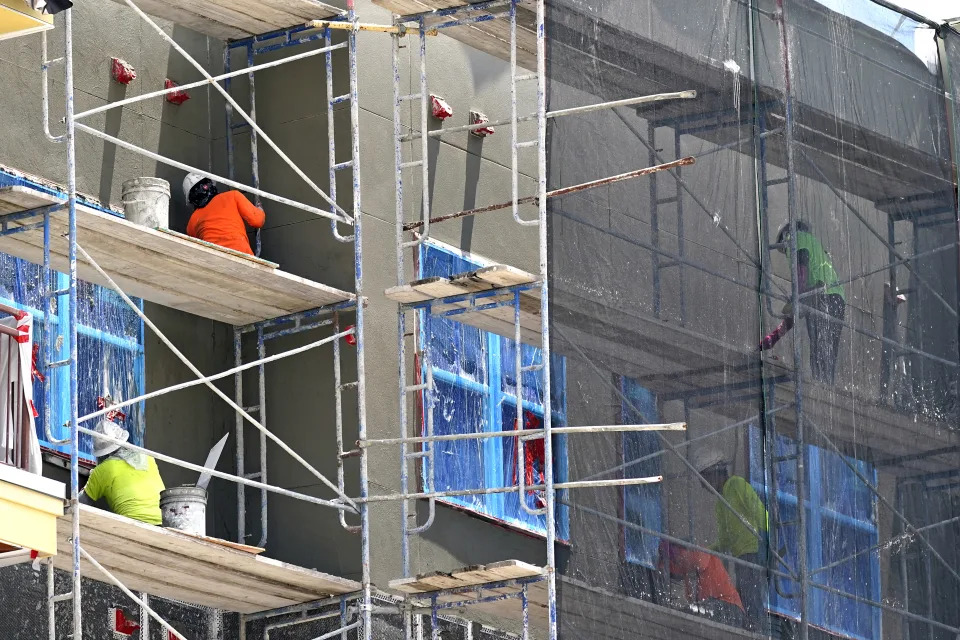Joanna Thompson
Fri, September 15, 2023

Urania's Mirror - Hercules and Corona Borealis
In 1217, a German monk looked to the starry southwest sky and noticed a normally faint star shining with unusual intensity. It continued to blaze for several days. Abbott Burchard, the leader of Ursberg Abbey at the time, recorded the sight in that year's chronicle. "A wonderful sign was seen," he wrote, adding that the mysterious object in the constellation Corona Borealis "shone with great light" for "many days."
This medieval manuscript may have been the first record of a rare space phenomenon called a recurrent nova — a dead star siphoning matter from a larger companion, triggering repeated flares of light at regular intervals. According to new research, the "wonderful" star in question may be T CrB, which sits in the constellation Corona Borealis and dramatically increases in brightness for about a week every 80 years. But it has been scientifically documented only twice — once in 1866, and again in 1946. (The star’s next long-awaited flare-up is expected in 2024).
In a preprint paper, available on arXiv.org, astronomer Bradley E. Schaefer of Louisiana State University argues that Burchard's record and another chronicle from 1787 constitute the first known sightings of the T CrB nova.
But how can we be sure that Burchard had spotted T CrB and not some other celestial phenomenon, such as a one-off supernova or a comet? Schaefer ruled out the possibility of a supernova pretty much right away, on the grounds that if such a violent event — which occurs when a massive star dies in a dramatic explosion — had occurred that recently, it would have left behind remnants that would be clearly visible today. (The Crab Nebula, for example, is thought to be the remnant of a 1,000-year-old supernova and is visible to most telescopes today.)
Considering nobody has observed supernova remnants in the Corona Borealis star formation, it is unlikely that this kind of massive stellar explosion was the culprit. Similarly, Schaefer eliminated a bright planet from the list of suspects, as no planets visible to the naked eye wander through that region of the sky.
Related stories
—Invisible supernovas called 'bosenovas' may be exploding all around us, new research suggests
—Brightest supernova of past 420 years revealed in stunning new James Webb telescope images
The possibility that the event was a comet is a bit trickier to disprove. A comet was visible in the sky earlier that year, according to a chronicle from the St. Stephani monastery in Greece. However, most monks of the time were familiar with comets, which were considered portents of doom. It's unlikely that Burchard would have recorded a comet as something "wonderful," or failed to mention its tail, Schaefer contends.
The 1787 sighting was recorded by English reverend and astronomer Francis Wollaston. This account describes nova-like behavior from a star whose coordinates match T CrB's position in the sky almost exactly. While Wollaston identified this star using a name from famed astronomer William Herschel's catalog, Schaefer believes its true identity is T CrB.
Scientists will be ready for the nova's next expected flare in late 2024. When it comes, modern astronomers will add it to a centuries-long list of past records. In the meantime, researchers will continue digging through old archives to study T CrB's recorded history. Hopefully, such activity will allow them to make more accurate predictions about the star's behavior in the future.
Jamie Carter
Sat, September 16, 2023

Voyager 2 took this image of Saturn on Aug. 11, 1981, when the spacecraft was 9.1 million miles from Earth.
What it is: Saturn, the seventh planet from the sun, as seen by NASA's Voyager 2 spacecraft
When it was taken: Aug. 11, 1981
Where it is: 886 million miles (1.4 billion kilometers) from the sun — 9.5 times the Earth-sun distance
Why it's so special: Taken 42 years ago this month, this false-color image from NASA's Voyager 2 probe shows the convective clouds and storms in Saturn's northern hemisphere. Visible on the right side of the image are the moons Dione and Enceladus, the latter of which recent observations from the James Webb Space Telescope show is spraying huge plumes of watery vapor far into space.
The image was taken 9 million miles (15 million km) from Earth, just as Voyager 2 approached the ringed planet, using the spacecraft's VG ISS Narrow Angle instrument. The false-color image was assembled from ultraviolet, violet and green images with filters used to make them visible to the human eye. If you look beneath the yellow band of clouds (which, in reality, would be white), you'll see a green spot (which is actually brown) that represents a storm. Voyager 2 measured winds blowing at Saturn's equator at a whopping 1,100 mph (1,770 km/h).
Voyager 2 wasn't the first probe to image Saturn. That distinction goes to Pioneer 11, one of NASA's first solar system probes, which launched in 1973 on a mission to study Jupiter, Saturn and the asteroid belt as a pathfinder for the Voyager missions.
Nor was Voyager 2 the first of the two Voyager probes to photograph the ringed planet. Its twin, Voyager 1, reached Saturn in November 1980, while Voyager 2 visited nine months later, making its closest approach on Aug. 26, 1981. However, because Voyager 2 had more sensitive cameras, it was able to detect a lot more features in Saturn's turbulent atmosphere, according to NASA.
How to see it in the night sky: Now is the perfect time to see Saturn, but to get any sense of its rings, you'll need a good telescope. The ringed planet is currently at its biggest, brightest and best for the year, having reached opposition (when Earth is between it and the sun) on Aug. 27. Saturn is currently in the constellation Aquarius and rising in the east at dusk.
Victor Tangermann
Sat, September 16, 2023

Moon Ball Drop
Japan is hoping to follow up India's successful landing on the surface of the Moon early next year — and helping it along will be a tennis ball-shaped rover that's giving us just a little bit of the same energy as BB-8 from the Star Wars movies.
The Japanese space agency JAXA's Smart Lander for Investigating Moon (SLIM) probe launched into space last week, carrying the odd robot dubbed Lunar Excursion Vehicle 2 (LEV-2) in tow.
Once roughly six feet above the dusty lunar surface — that is, if the lander makes it that far in one piece — it'll release the 8.8-ounce spacecraft, which will then move both of its halves separately to crawl through the regolith, a fantastical concept that directly draws from the design of children's toys.
Spherical Explorer
Think of it more as a tech demo. LEV-2's batteries only allow it to explore the area for two hours. However, the benefits of its unusual shape are substantial and could inspire future rovers.
"We adopted the robust and safe design technology for children's toys, which reduced the number of components used in the vehicle as much as possible and increased its reliability," said Hirano Daichi, senior researcher and developer of the vehicle at JAXA, in a statement.
The space agency teamed up with toy maker TOMY and Doshisha University to come up with the design. Japanese tech giant Sony came up with the control board and stabilized camera, nestled between its two half-sphere legs.
But before LEV-2 can start rolling off into the distance, JAXA has the difficult task of navigating its SLIM probe to lunar orbit and making its descent, a harrowing journey that a growing number of countries have failed to survive in recent years.
Nonetheless, Daichi and his colleagues are hopeful.
"I hope children will get interested in science generally, not limited to space science, by seeing the baseball-sized vehicle running while swinging left and right on the Moon," he said in the statement.
If you want your own LEV-2, TOMY's Sora-Q is a 1:1 model of the LEV-2 and can be bought for roughly $150.
More on JAXA: Japan Launches Mission to the Moon










